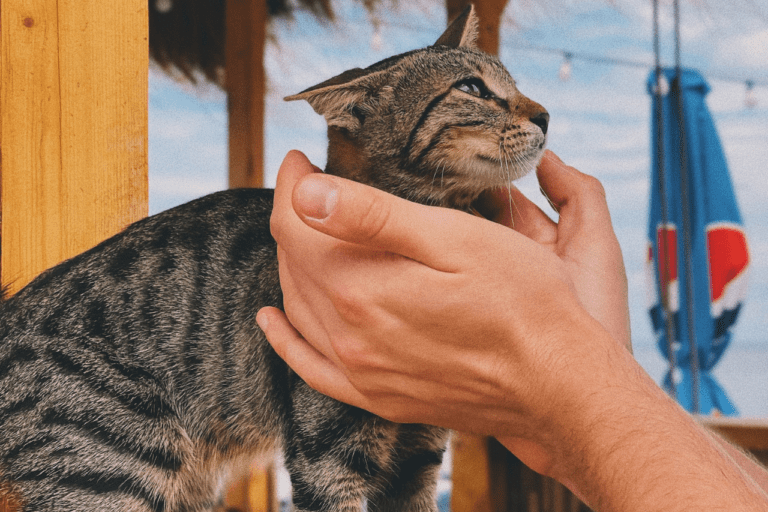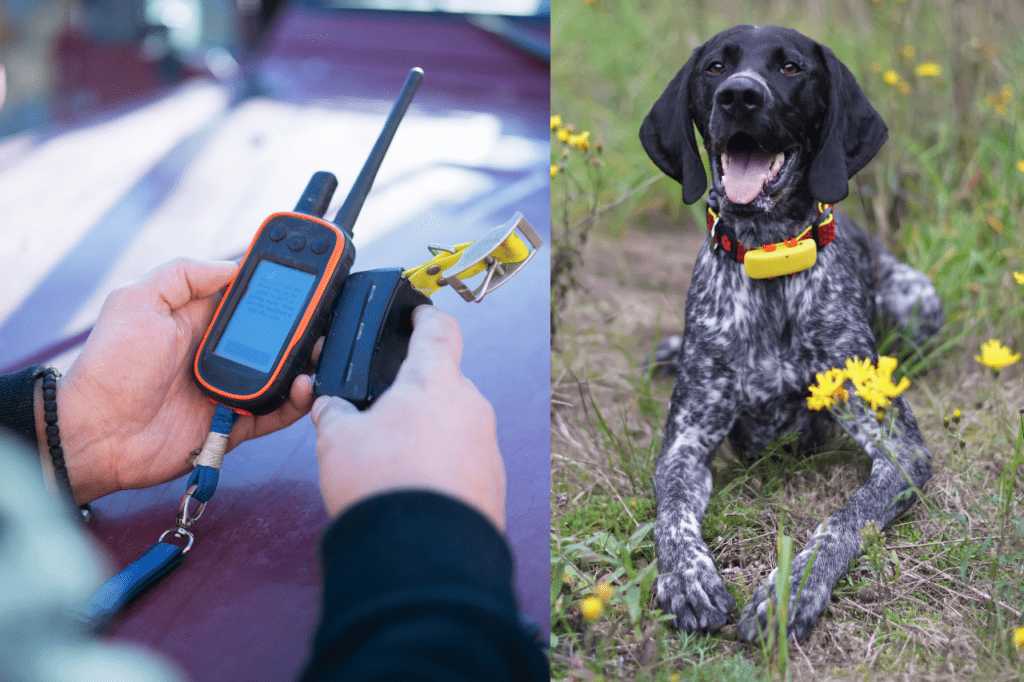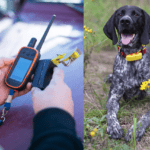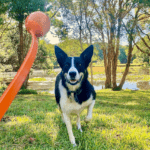Cats can be notoriously hard to read, so it can be difficult for pet owners to understand what their cats are trying to communicate. But that doesn’t mean owners should just throw their hands up in the air and give up! By understanding your cat’s body language, you’ll be able to get a better sense of what they’re thinking and feeling—and even build a stronger bond with them. Let’s take a look at some of the most common behaviours cats display and how you can interpret them.
Posture and Movement
Cats express themselves through subtle shifts in posture and movement. When your cat is feeling relaxed and content, they may sit upright with their tail curled around their body or lay down with all four paws tucked underneath them. If they are feeling uncertain or threatened, they may flatten themselves against the ground with their ears back and tail tucked between their legs. A confident cat will move in an unhurried way; one that is scared or wary will move quickly, often darting away if given the chance.
Vocalisations
Cats communicate in various ways other than vocalizations, but understanding meows, purrs, trills, yowls, chirps, and growls helps us better interpret what our cats are trying to tell us. For example, a loud meow usually signals that your cat wants something from you—like food or attention—while a soft meow might indicate contentment or pleasure. A low-pitched growl might suggest distress or aggression; whereas a loud purr indicates pleasure or comfort.
Facial Expressions & Ears
Your cat’s facial expressions can also give you clues into its feelings. An open mouth may signal surprise; wide eyes may indicate fear; raised eyebrows could mean excitement; and narrowed eyes could signify irritation or anger. The position of your cat’s ears can also provide insight into its emotions—forward-facing ears could mean your cat is alert while flat ears suggest fear or anxiety.
Understanding the nuances of feline behaviour takes time and patience but it pays off! By learning to recognize the subtle changes in posture, movements, vocalisations, facial expressions and ear positions that indicate different emotions in cats, pet owners can become more attuned to their pets’ needs and gain deeper insight into what they’re thinking and feeling—thus strengthening the bond between them even further! So don’t be discouraged if it takes some time for you to start recognizing these cues; before long you’ll become an expert on reading your cat’s body language!











Recent Comments